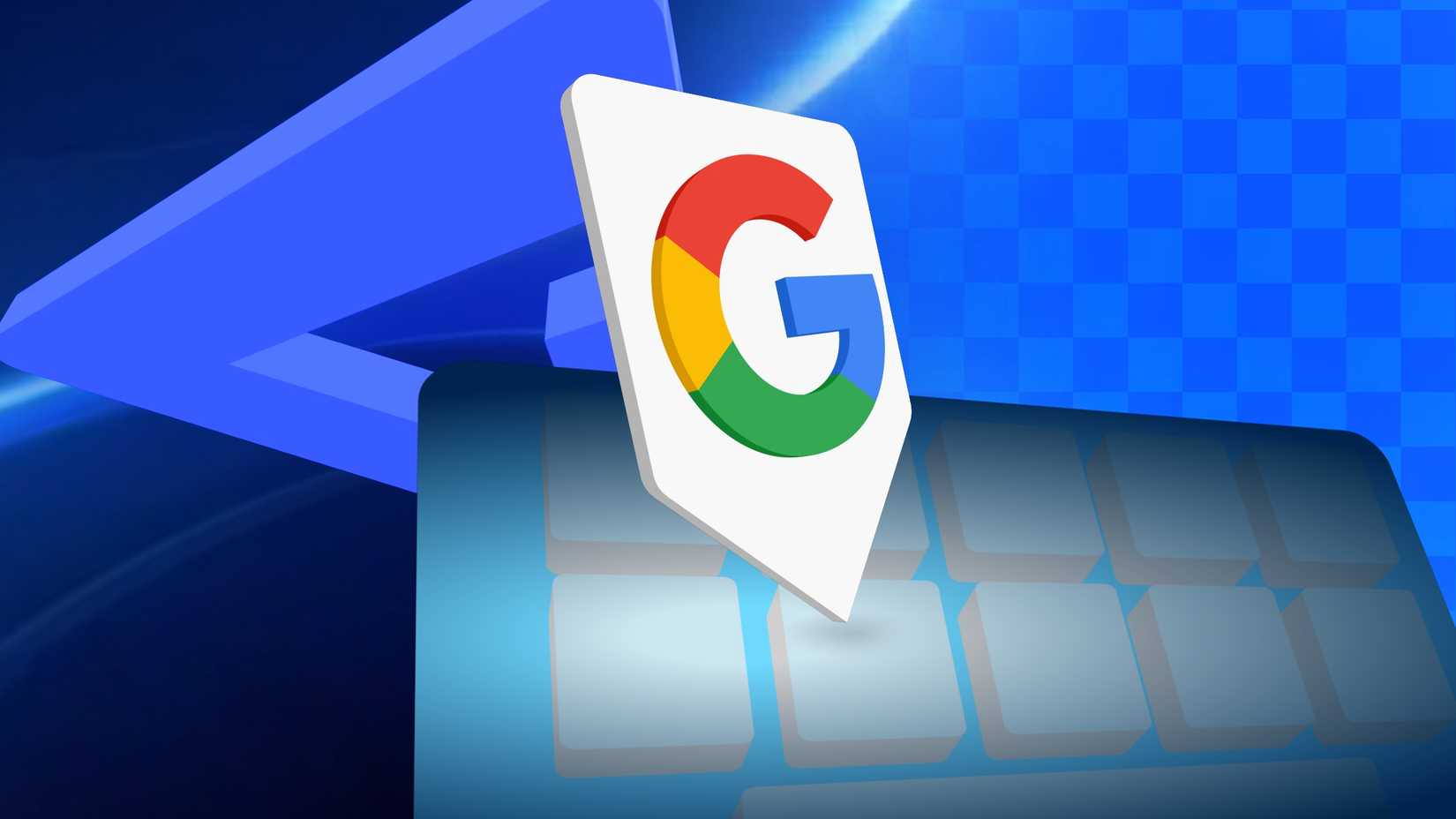Google has rolled out several meaningful updates to Gboard within the last month. First, it added the option to tweak the keyboard’s font size independent of your phone. Then, it finally allowed users to hide the period and comma keys, freeing up more space around the spacebar to reduce typos. Now, Gboard is taking cues from the iPad’s keyboard to make entering symbols quicker.
As spotted by 9to5Google, Google has rolled out a “Flick keys to enter symbols” option with Gboard’s latest release. Located in Settings > Preferences, the feature lets you enter secondary characters or hinted symbols of that key with a simple flick.
The stock iPad keyboard offers a similar feature, making it quick and easy to enter numbers and symbols. Instead of a flick, though, you need to swipe down on that key.
On Android, with this addition, you can turn off the dedicated number row in Gboard to free up more screen real estate. And when you need to type a number, you can flick down on the Q-P keys to quickly enter 1-0.
If you are used to gesture typing, though, it could take you a few tries to get a hang of flick input. I had to increase the flick input sensitivity to mid-high, and even then, it took me a few tries to understand how the feature works.
Make sure to swipe or flick briefly within the character’s box to type its secondary symbol or number. A longer flick will trigger glide typing instead.
Mastering the flick will take time
It might take a while to get used to flicking to enter secondary symbols. But I already use this functionality extensively on my iPad, so it should be a matter of time before I get accustomed to it on my Android phone as well.
On the iPad, swipe typing does not intrude as easily as it does on Gboard for Android, making it easier to use.
Google seems to be rolling out this change in Gboard as part of its latest stable build (v16.2). I’m already seeing the “Flick keys to enter symbols” option on several of my Android devices, indicating a wide rollout.


